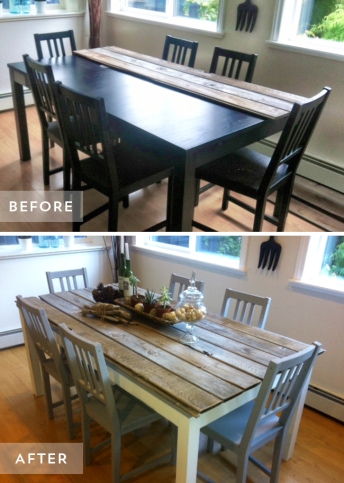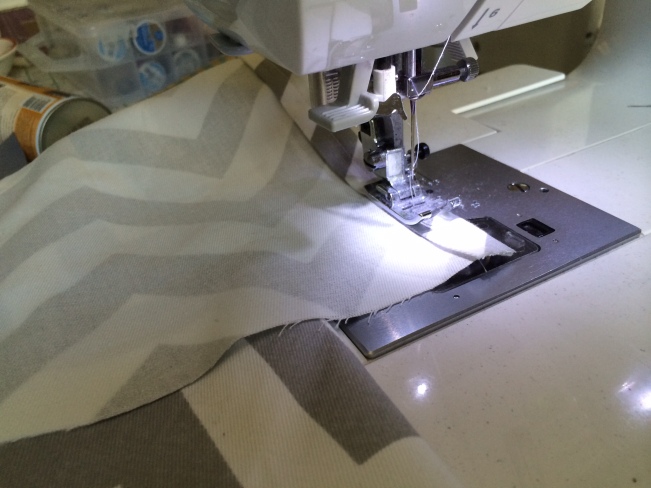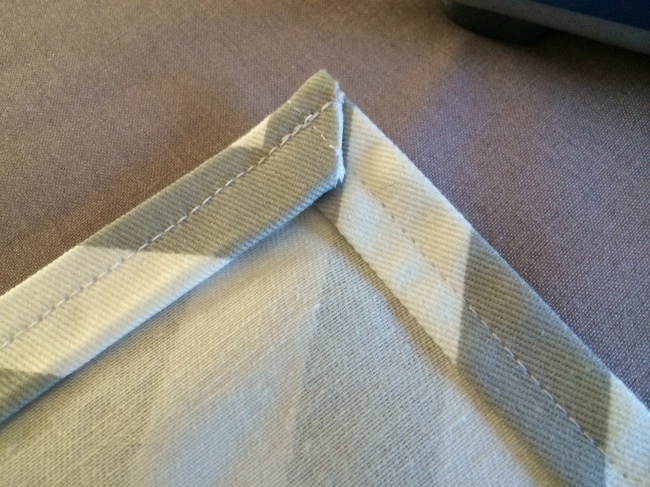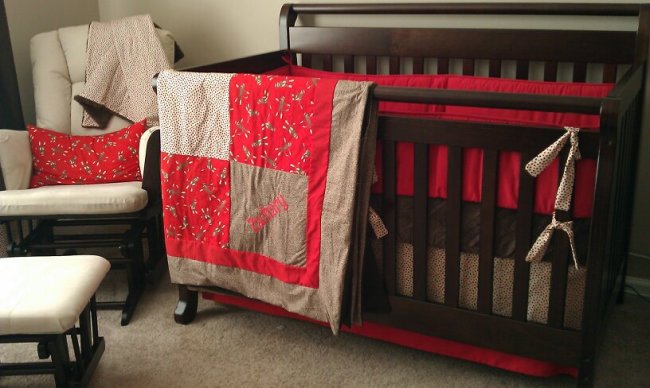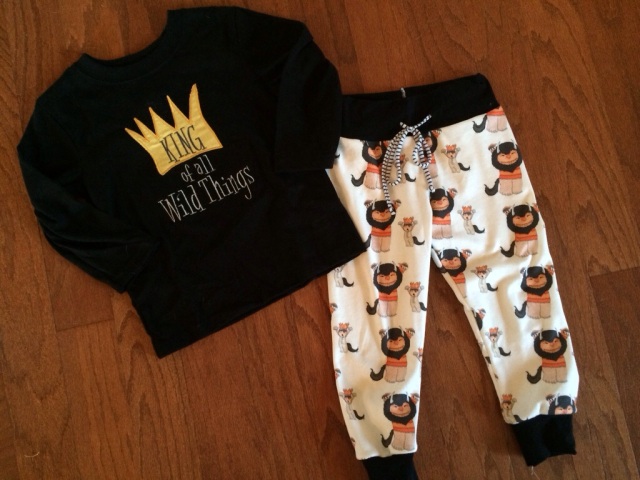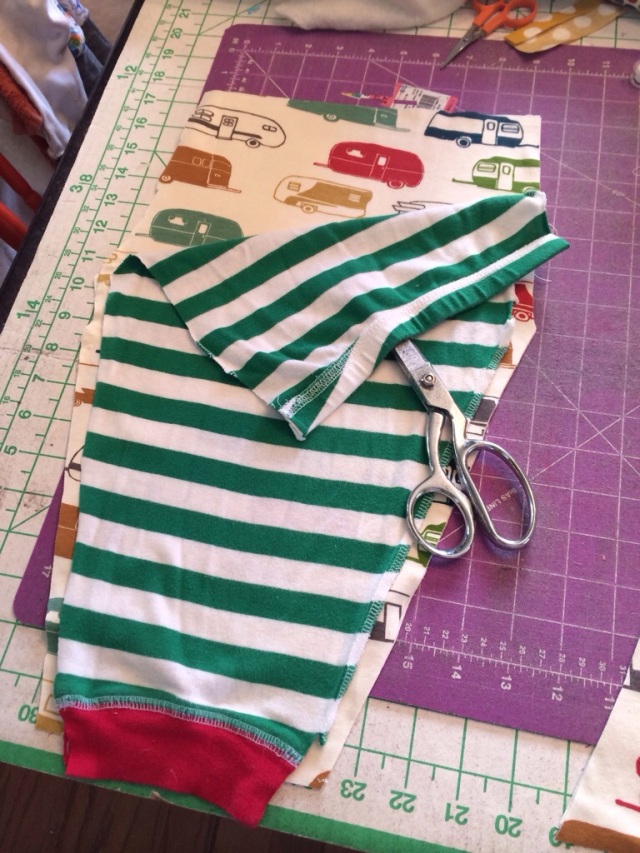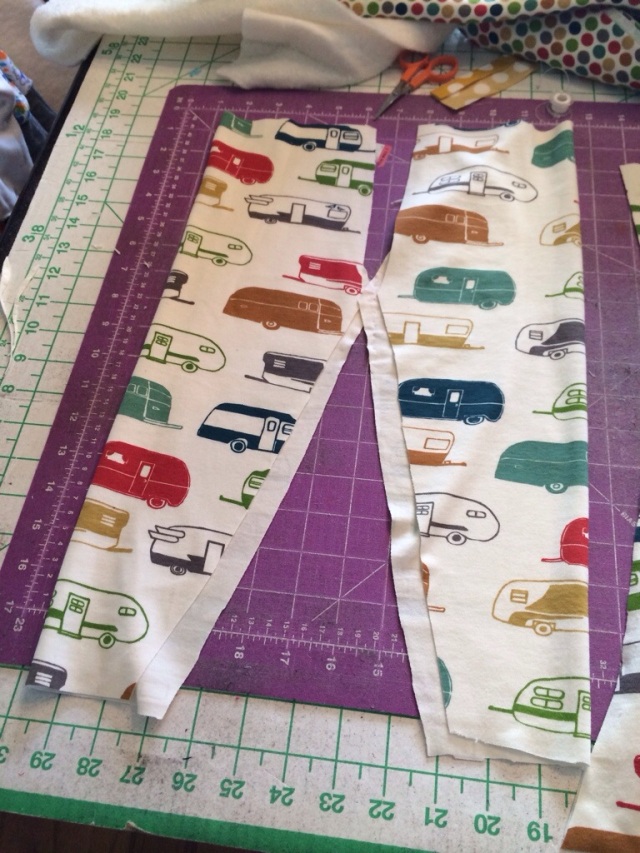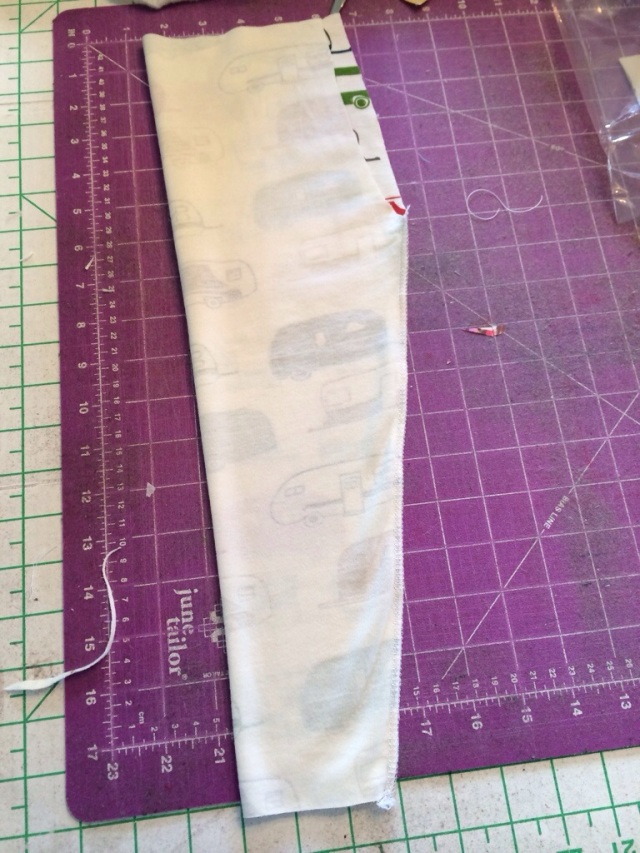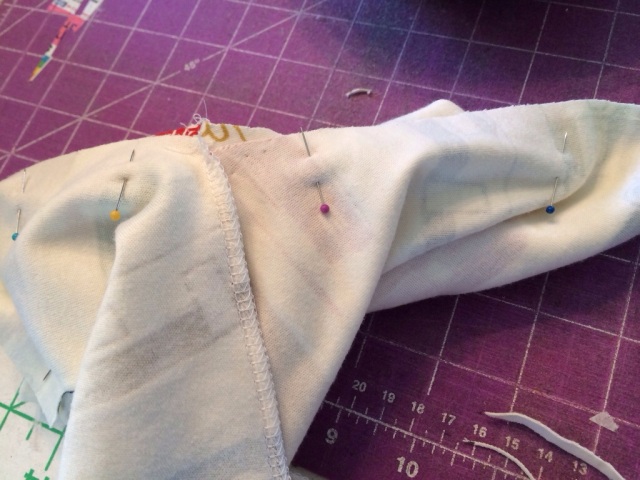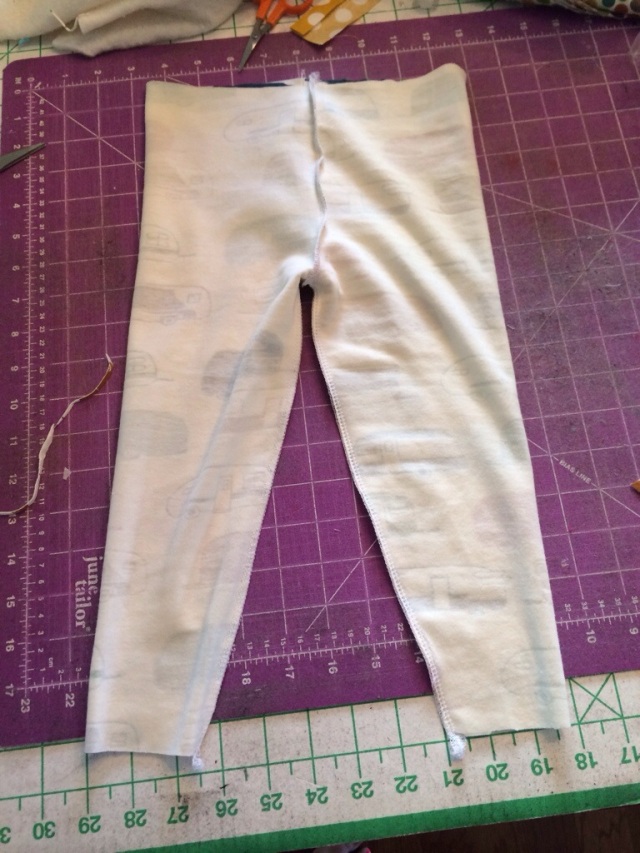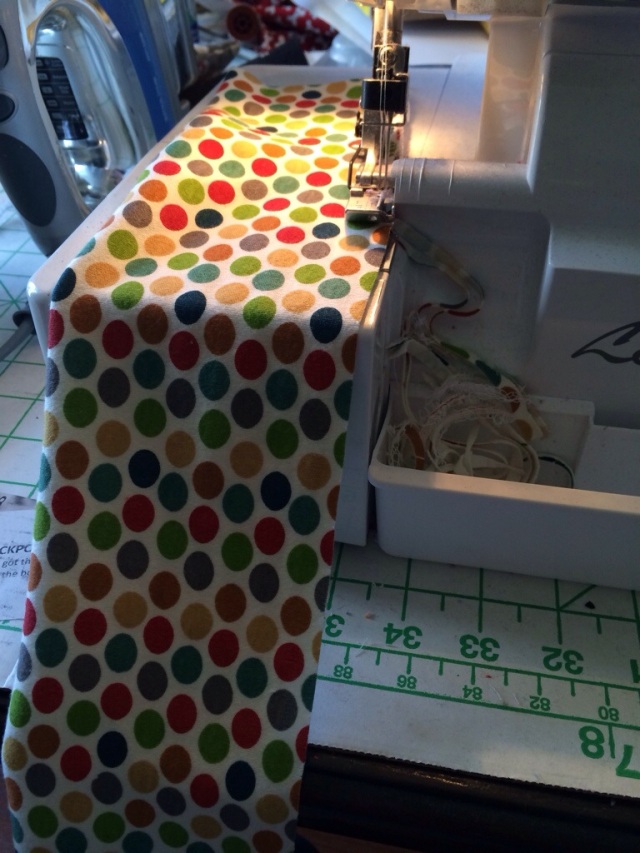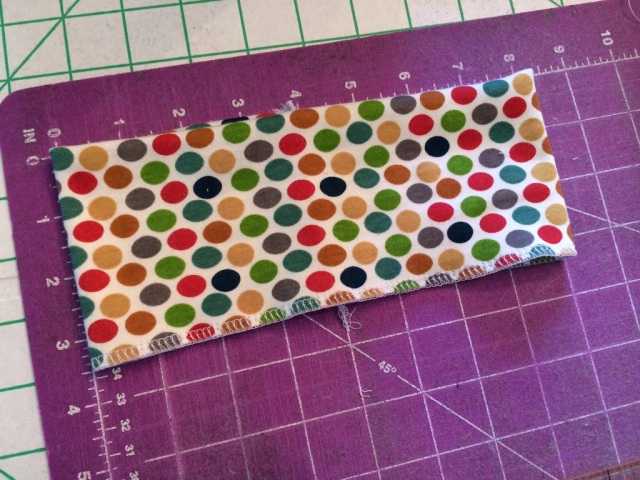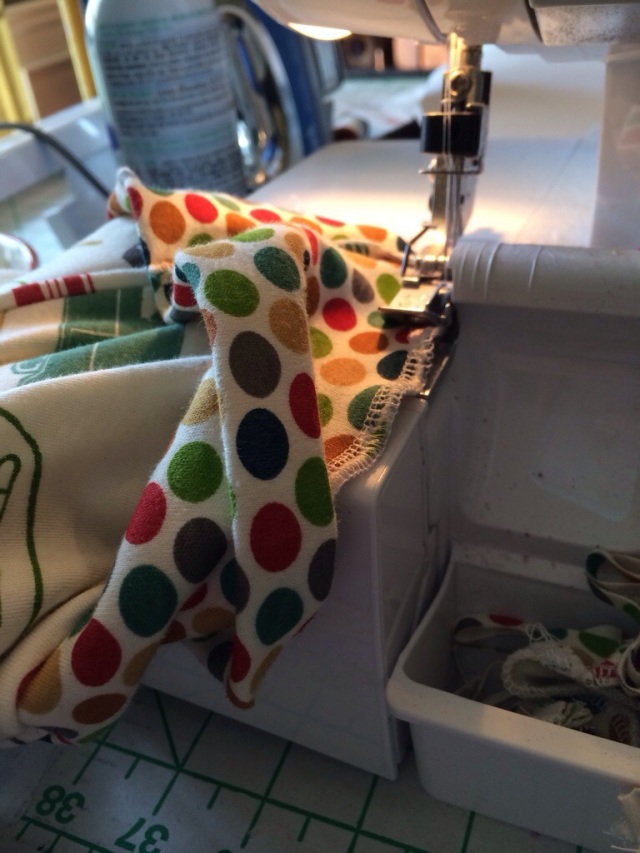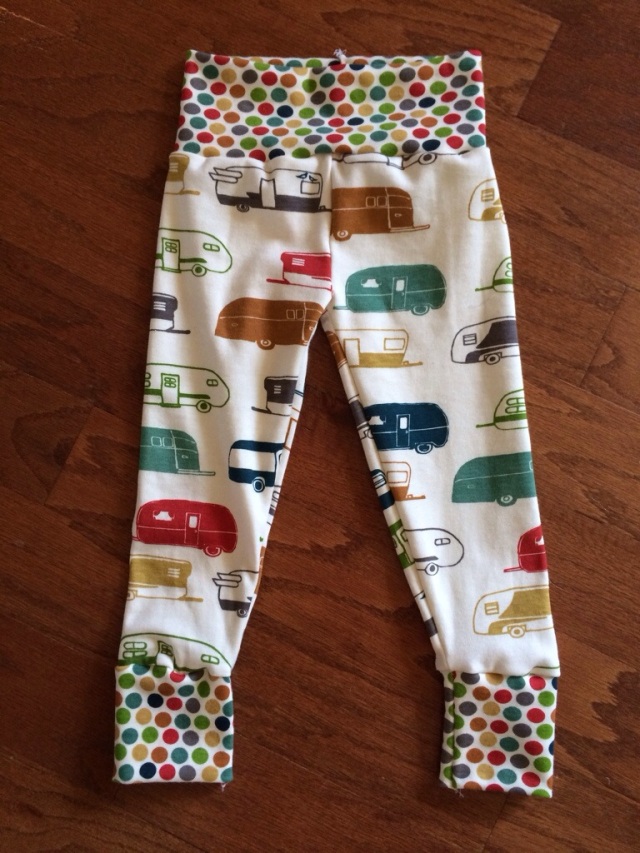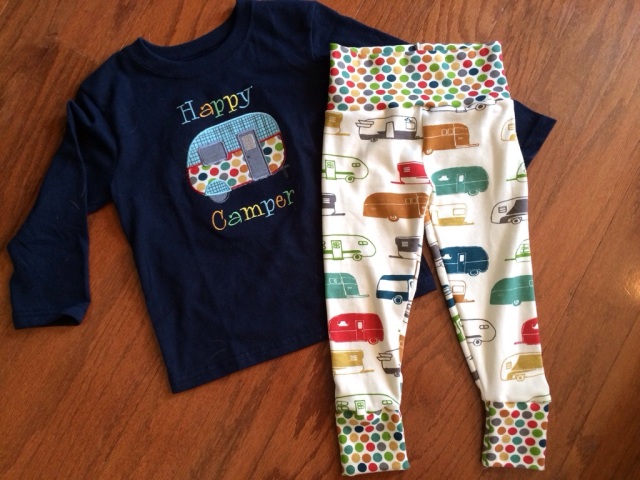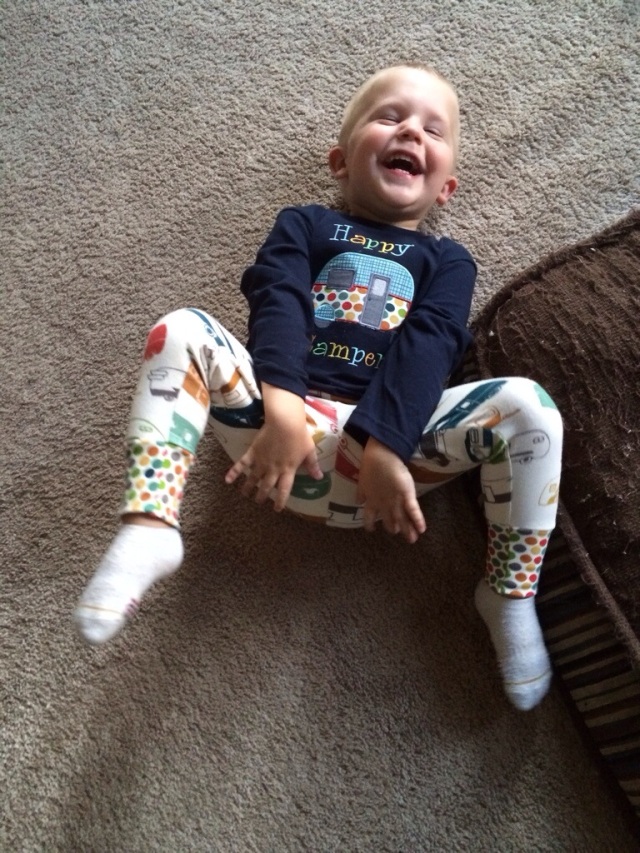I’m almost complete with my 1 room, 30 days bathroom challenge and I can’t believe the transformation. Today I completed the shelves and couldn’t wait to post about it. I found several posts on Pinterest about DIY shelving, and thought- what the hell!
I bought a board from Lowes (10″ deep x8′ long) for less than $8. I also bought stain, brackets to hang it on, and my favorite antique bronze spraypaint because the brackets were silver. (Also on my cart was my shower rod). 
Over the weekend my husband cut the board to length for me. I decided to make my three shelves 22″, which gave me a slightly longer board left over that I hung in my laundry room for more storage there. 
Yesterday I got to work staining and spray painting. I don’t think I’ve ever stained anything before, but it was pretty easy and I only needed one coat.


I let everything dry overnight and got to work hanging them today. I first used the long level to mark a line on one side of the toilet and used that as a guide for one side of brackets. I used drywall anchors rated for 75 pounds, so I feel confident that these shelves are secure. 
Hanging the left side was the tricky part. I needed to make sure the brackets were level horizontally and vertically. An extra pair or hands would have been helpful, but I was able to make it work using the level. 
Next up was the fun part. I made sure the shelves lined up and were centered on the brackets, then secured them with a screw from underneath. I am in love with how this turned out. All together, I spent around $45 (3 sets of brackets at $7 each, $8 for the board, $7 for stain, and $6 for spray paint, plus screws).

Lucky me, baskets and home decor was 50% off at Hobby Lobby this week. I have toilet paper in the red bucket and wash clothes in the basket on the middle shelf. The picture frame and anchor artwork are also from Hobby Lobby, and the sailboat is from Target. Next up for my bathroom makeover is towels, but I’m going to take the next couple days and catch up on some sewing.
















































